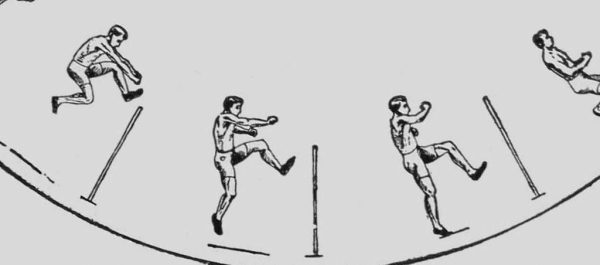Political Junkie: The history of our longest war
Patrolling the Afghan border with his dog, a United States troop searches for explosives. The explanation of U.S. military involvement in Afghanistan comes with a complicated history.
May 22, 2019
For the past seventeen years, the United States has officially been at war in Afghanistan. Although the war may not have a huge impact on Americans, it still affects us in many ways, such as economically. Official U.S involvement began in 2001, but the war’s history goes beyond this time period. Sophomore Tommy Gerhard said, “I know that we still have troops in Afghanistan, but I’m not sure what they are doing there or why we are staying there for so long.” Many Americans would share the same confusion because while the war is commonly known, its history is not. It is important that we know the history because of its ongoing status.
In 1978, Afghanistan’s president was overthrown, leaving two parties in pursuit of power. The two parties decided to join together to make the People’s Democratic Party, though they lacked support from the public. This caused uproar and riots against the government, which led to the Soviet Union’s intervention in 1979. The Soviets wanted Afghanistan to take up a communist government to ensure secure power. While this would help, in theory it only made matters worse. Opposition groups called the Mujahideen rebelled against the new regime. All of these exchanges of power occurred during the Cold War which helped give the United States a reason to become involved. The U.S. backed the Mujahideen rebels, and the war spread all throughout Afghanistan.
As the war went on, the Soviet Union decided to leave and give their power to the Afghan army. With no clear plan in mind, this only led to chaos throughout the country with no one in charge. People realized that their best option was to flee the country. Almost 3 million people left for Pakistan, and 1.5 million went to Iran. In the early 1990s, there was a new group involved that offered structure and security; this group was the Taliban. At first, the Taliban gained U.S. support because of their ability to bring peace and order. Then news broke out of human rights violations and oppression of women in Taliban occupied states. After this, the Taliban forcefully took over the capital of Afghanistan. U.S. support was removed and efforts to dismantle the Taliban were put into place. Around the same time, Osama bin Laden fled to Afghanistan after being exiled from Sudan. He brought with him his terrorist organization Al-Qaeda. Directly following the September 11 attacks on several areas in the United States, the U.S. invaded Afghanistan. The Taliban was removed, and forces tracked down Osama bin Laden. American troops have stayed in Afghanistan since then. Reconstruction efforts have been fairly successful with elected presidents and peace negotiations between the United States and the Taliban. However, there is debate about how much American presence in Afghanistan is needed today.












